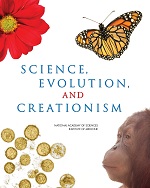Los enlaces en color gris lo llevan a páginas en Inglés aún no traducidas al Español.
Haz "click" en la imagen para una vista completa
Imagen cortesía de NASA/JPL.
Related links:
To Saturn We'll Go...
News story originally written on October 10, 1997
The Cassini mission has received a "GO" for launch. Cassini will be launched from Florida on October 13, 1997.
The Cassini probe will travel 7 years to reach Saturn. When it arrives it will study Saturn's moons and rings. The spacecraft carries 12 scientific experiments that will help scientists to understand Saturn's atmosphere and its magnetic field.
The Cassini spacecraft will also carry an atmospheric probe that will parachute into Titan's atmosphere. Titan is Saturn's largest moon. Its thick atmosphere is nitrogen-based like the Earth's. Scientists are hoping to make connections between the Earth and Titan.
The Cassini mission is a joint project of NASA, the European Space Agency, and the Italian Space Agency. The main mission will end in July 2008.
 Cassini Mission homepage
Cassini Mission homepage
Pudiera también interesarle:
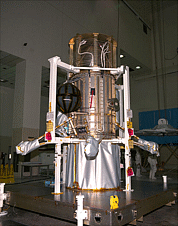
The Cassini spacecraft will fire its engine tonight for a major course correction. The maneuver will begin December 2nd at 10:00 p.m. PST (December 3rd at 0600 GMT). You will be able to see Cassini's speed
...más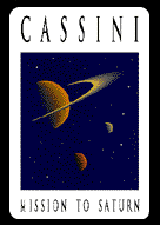
The Cassini mission has received a "GO" for launch. Cassini will be launched from Florida on October 13, 1997. The Cassini probe will travel 7 years to reach Saturn. When it arrives it will study Saturn's
...más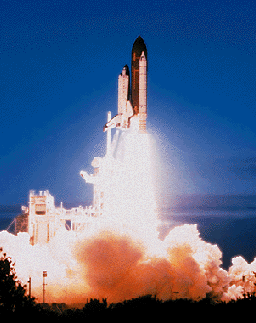
Todos, en el equipo de Windows to the Universe, estamos profundamente entristecidos por el fallecimiento de los astonautas de la Misión STS-107, quienes murieron tragicamente el Sábado 1 de Febrero del
...más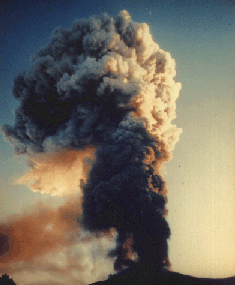
Para poder comprender cuándo un volcán hará erupción, los científicos deben saber cómo es el volcán por dentro. Por debajo de la oscura roca basalto de un volcán activo, hay piscinas de roca fundida llamada
...más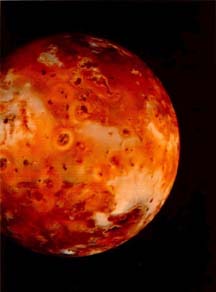
Los astrónomos han descubierto que los volcanes de Io, una luna de Júpiter, están lanzando sal hacia su atmósfera. La sal se dispersa en forma de gas, y añade sodio a sus nubes. Durante décadas, los científicos
...más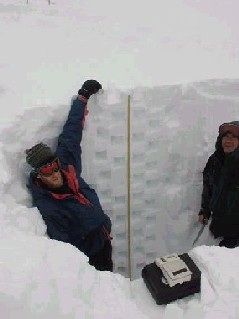
¡La nieve es divertida!. Con ella se pueden hacer pelotas o ángeles de nieve y hacer que cierren las escuelas. Muchos científicos piensan que la nieve es bastante interesante. Esta semana, científicos
...más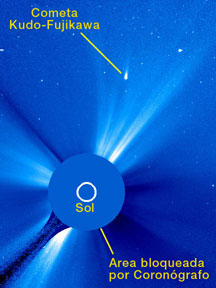
El 29 de Enero del 2003, un cometa pasó muy cerca del Sol. El cometa estaba demasiado cerca del Sol para poder ser visto desde la Tierra, pues la brillante luz solar bloquea nuestra visión del cometa.
...más







